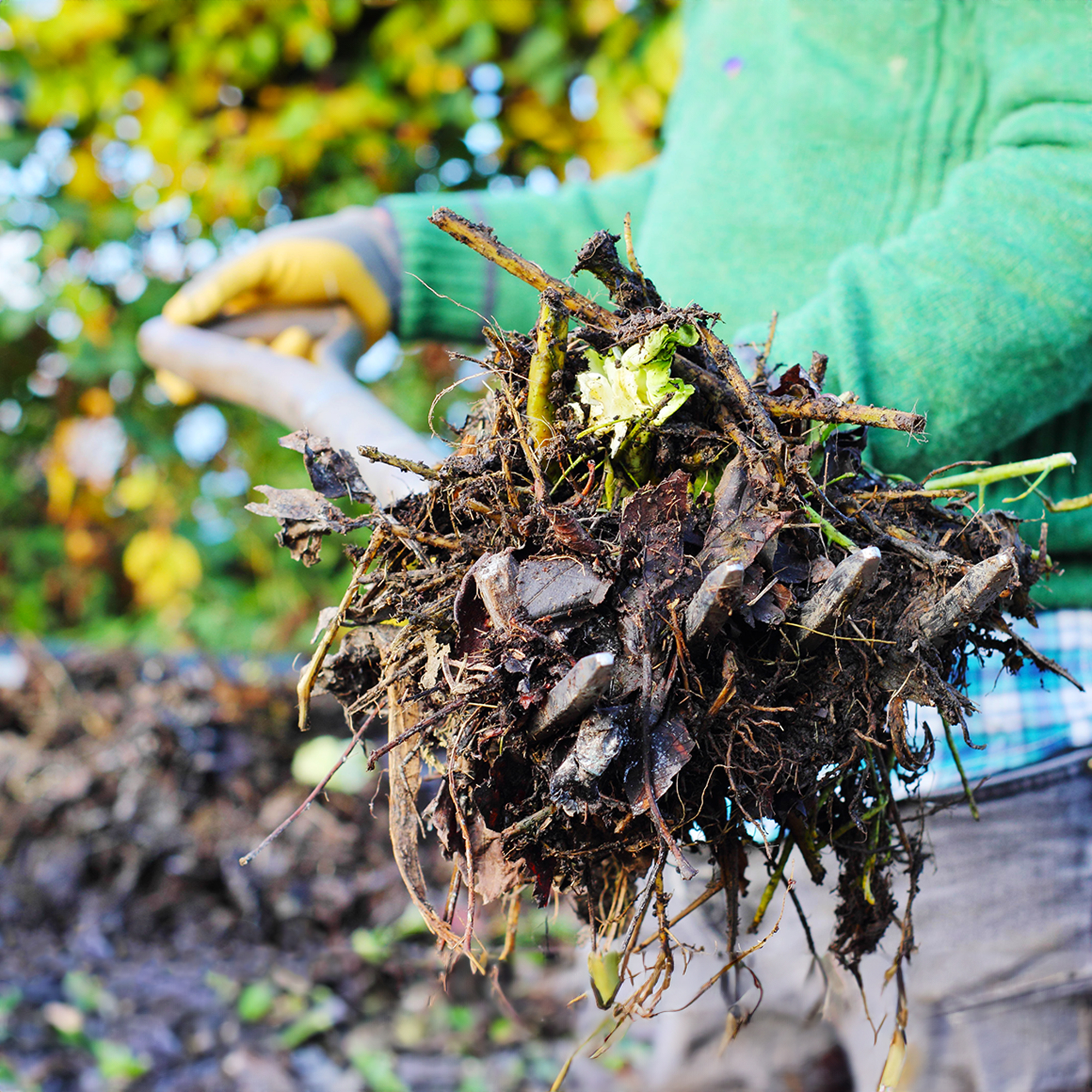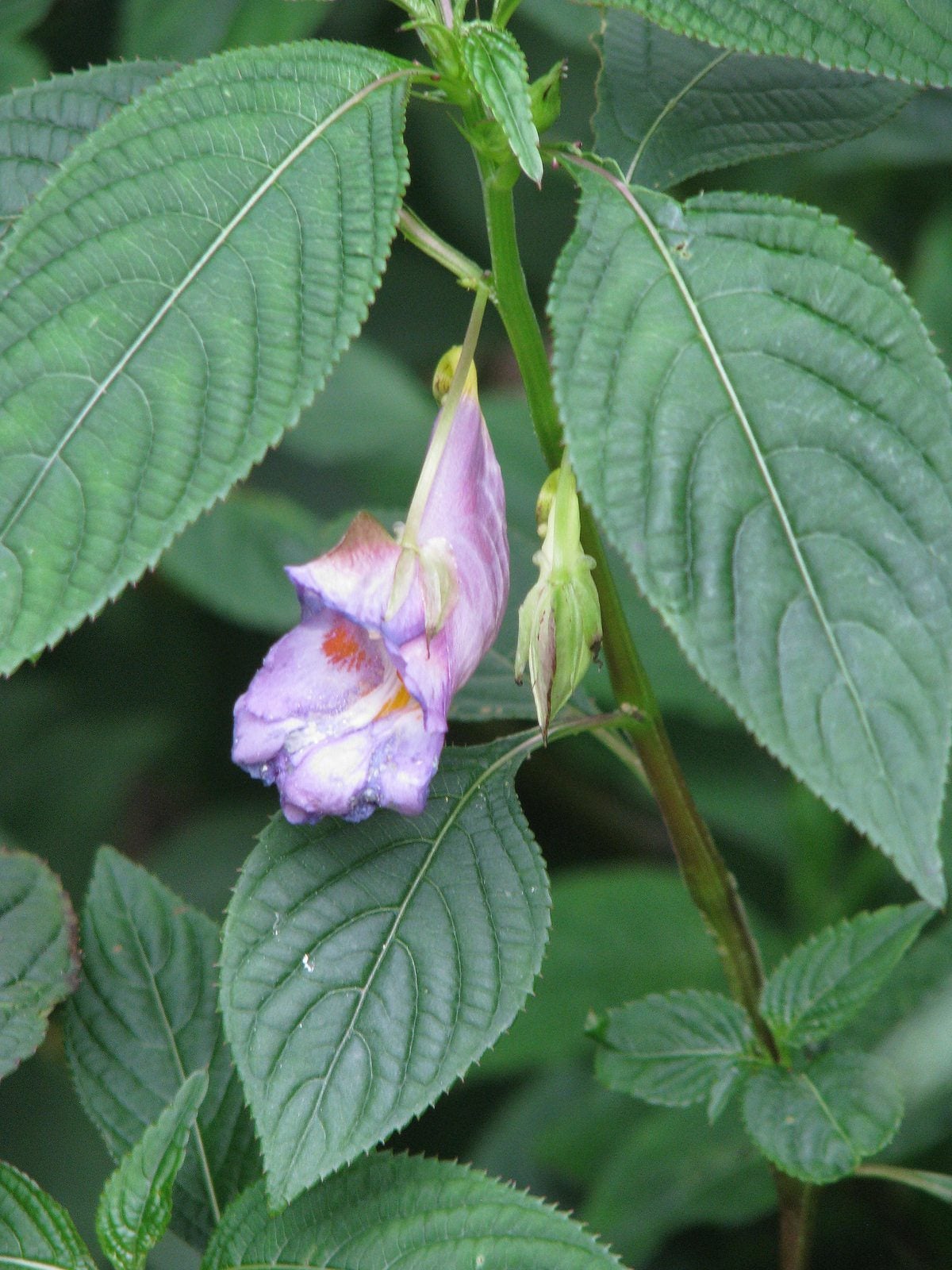How To Grow Impatiens Plants
Impatiens flowers are bright and cheerful annuals that can light up any dark, shady part of your yard.


Tonya Barnett
Impatiens Flowers: Tips For Growing Impatiens
QUICK FACTS
- Botanical name - Impatiens walleriana
- Height - 12-24 in. (30-60 cm)
- Spread - 12-24 in. (30-60 cm)
- Sun exposure - Part to Full Shade
- Soil requirements - Slightly Acidic
- Hardiness zones - USDA Zones 10-11, annual elsewhere
- When to plant - Fall; Spring, after the last frost date
Impatiens are bright and cheerful annuals that can light up any dark and shady part of your yard with their colorful flowers. Because of that, they're among the most popular bedding annuals around. Ranging in color, these classic shade-lovers are sure to add appeal and beauty to flower beds.
About Impatiens
Impatiens flowers are prized for both their carefree growth habit and extended bloom time, which lasts throughout the entire growing season. They come in practically any color you could desire, though the most popular are orange, red, pink, and violet.
Growing impatiens is quite easy, but there are a few things to know about impatiens care. Let’s take a look at how to plant and how to grow these beloved flowers.
Are Impatiens Perennials?
Impatiens are tender perennials. The term "tender" indicates that they are unable to tolerate freezing temperatures. This means that they'll survive the winter… as long as your winter doesn't get cold.
That means the plant will only behave as a perennial in frost-free growing regions in USDA zones 10-11. Fortunately for those outside of these zones, impatiens can be grown outdoors as an annual flower. It also does very well as a houseplant.
Growing Impatiens Flowers
Impatiens are normally purchased as well-rooted plants from the garden center. They can also be propagated from seeds or cuttings very easily. When you bring your annuals home from the store, make sure that you keep them well watered until you get them in the ground. They are very sensitive to lack of water and will wilt quickly if they dry out.
You can incorporate impatiens into the landscaping in a flower bed or shaded border. You can also grow them as container plants. They look lovely in hanging baskets and window boxes on a porch or balcony.
Gardening tips, videos, info and more delivered right to your inbox!
Sign up for the Gardening Know How newsletter today and receive a free copy of our e-book "How to Grow Delicious Tomatoes".
How to Plant Impatiens
In late spring, once all danger of frost has passed, you can plant your impatiens out in your garden. Gently squeeze the container that you bought them in to loosen the soil. Invert the pot in your hand and the plant should fall out easily. If it doesn’t, squeeze the pot again and check for roots that may be growing through the bottom. Excess roots growing through the bottom of the pot can be removed.
Impatiens grow well in the shade, so find a shady spot to plant them. Amend your growing medium with compost or other organic matter to provide nutrients and encourage good drainage.
Place the impatiens plant in a hole that is at least as deep and wide as the rootball. The plant should sit at the same level in the ground as it did in the pot. Gently backfill the hole and water the it thoroughly.
You can plant impatiens flowers quite close to one another, 2 to 4 inches (5-10 cm) apart if you like. The closer they are planted together, the faster the plants will grow together to form a bank of lovely flowers.
They enjoy moist but well draining soil and partial to deep shade. They do not do as well in full sun, but if you would like to plant them in full sun, they will need to be acclimated to the harsher light. You can do this by exposing the impatiens plants to an increasing amount of sunlight over the course of a week.
Sun
Though impatiens have long been celebrated for their ability to withstand shady garden beds, they will require partial sun in order to bloom their best. While those that have been planted in full shade may grow well, you should expect a notable decrease in flower production.
Optimum conditions can be found in beds which receive bright, early morning sun. Shade throughout the afternoon and hottest parts of the day will be imperative to prevent wilt, sunscorch, and other heat-related issues. In especially warm regions, New Guinea varieties (Impatiens hawkeri) may be a better alternative to traditional walleriana types, for their improved tolerance to sun.
Water
Impatiens will grow best in beds that drain well. Still, consistent soil moisture will be key in keeping these flowers happy and healthy.
Once your impatiens are in the ground, they will need at least 2 inches (5 cm) of water a week. If the temperatures rise above 85 degrees F. (29 C), they will need at least 4 inches (10 cm) per week. If the area where they are planted does not receive that much rainfall, you will need to water them yourself.
Most gardeners can expect to water their impatiens on a weekly basis, depending upon the weather. Impatiens plants in containers or hanging baskets will need watering daily, and watering twice a day when temperatures rise above 85 degrees F. (29 C).
Extreme temperatures or prolonged dry spells may cause impatiens to become stressed, usually resulting in wilting or yellowing of leaves.
Fertilizer
When planted in a well-amended flower bed, application of fertilizer to annual impatiens is generally not required. However, many growers do find that the use of a general-purpose, slow-release fertilizer helps to improve overall health and bloom. Impatiens grown in containers often require more frequent fertilization, and may benefit from the use of water-soluble drenches or foliar feeds.
Pruning
Impatiens can be pruned or trimmed back as needed. Pruning may be necessary if plants have outgrown their containers or become leggy. Though faded flowers will drop from impatiens naturally, some gardeners may prefer to deadhead or remove old blooms to keep their beds looking tidy.
Problems
Impatiens have virtually no pest problems, but downy mildew disease is a frequent hazard. Initial introduction into the garden is caused by infected plants. The pathogen then spreads and manifests in the appearance of a whitish fuzz on leaves. Late in the season, the disease leads to yellowing and complete loss of impatiens plants. Severe instances of downy mildew have been of great importance in the introduction of newer mildew-resistant cultivars for the garden.
Varieties
There are countless varieties of impatiens on the market. Here are a few of our favorites.
- ‘Beacon’ Series
- ‘Dazzler’ Series
- ‘Jewel’ Series
- ‘Magnum’ Series
- ‘SunPatiens’ Series
- ‘SunStanding’ New Guinea Impatiens Series

Heather Rhoades founded Gardening Know How in 2007. She holds degrees from Cleveland State University and Northern Kentucky University. She is an avid gardener with a passion for community, and is a recipient of the Master Gardeners of Ohio Lifetime Achievement Award.
- Tonya BarnettWriter
-
 Grow ‘Karl Rosenfield’ Peony Plants For The Ultimate Frilly Border Beauties And Cut Flowers
Grow ‘Karl Rosenfield’ Peony Plants For The Ultimate Frilly Border Beauties And Cut FlowersFor frilly double magenta peony petals infused with a heady fragrance, grow ‘Karl Rosenfield’ peony plants. Here’s how to cultivate the ultimate plushy blooms
By Tonya Barnett
-
 10 Common Composting Problems That Can Spoil Your Garden Gold – Plus Easy Fixes
10 Common Composting Problems That Can Spoil Your Garden Gold – Plus Easy FixesLearn how to troubleshoot common composting issues before they ruin your stash – from bad smells and bugs to materials not breaking down as they should.
By Susan Albert
-
 Velvetea Impatiens Care: Tips For Growing Velvet Love Impatiens
Velvetea Impatiens Care: Tips For Growing Velvet Love ImpatiensImpatiens are a staple annual flower for many gardeners. These flowers do well in partial shade and come in a variety of colors. If you enjoy regular impatiens, give the Velvet Love impatiens variety a try. To learn more, click the following article.
By Mary Ellen Ellis
-
 Cutting Back Impatiens: Learn About Pruning Impatiens Plants
Cutting Back Impatiens: Learn About Pruning Impatiens PlantsImpatiens are perfect for filling in those shady areas of beds and the yard where other plants just don’t thrive. They add color and cheer, but impatiens can also become leggy, showing off more stems that blooms. Learn how to cut back impatiens plants in this article.
By Mary Ellen Ellis
-
 Impatiens Water Needs – Learn How To Water Impatiens Plants
Impatiens Water Needs – Learn How To Water Impatiens PlantsBecause of their preference to grow in partial, afternoon, and/or filtered shade, many impatiens’ water needs are different from sun-loving plants. Learn how to water impatiens correctly in this article. Click here for more information.
By Becca Badgett
-
 Houseplant Impatiens: How To Keep Indoor Impatiens Plants
Houseplant Impatiens: How To Keep Indoor Impatiens PlantsReadily available in garden centers and at plant nurseries, impatiens are easy to find flowering plants thrive in shady locations. Due to this, impatiens are also excellent candidates for container culture indoors throughout the winter. Click here to learn more.
By Tonya Barnett
-
 What Is Impatiens Arguta – Tips For Growing Upright Impatiens Plants
What Is Impatiens Arguta – Tips For Growing Upright Impatiens PlantsWhen you hear someone mention impatiens, you probably picture the shade-loving bedding plants or New Guinea types. Toss those pictures out the window because the new, rare varieties of Impatiens arguta are like no impatiens you've ever seen before. Learn more here.
By Darcy Larum
-
 Impatiens Won't Bloom: Reasons For No Flowers On Impatiens Plant
Impatiens Won't Bloom: Reasons For No Flowers On Impatiens PlantImpatiens plants are great bedding and container flowers that ought to bloom reliably all summer long. That?s why it can be especially frustrating if your plants stop blooming or never even start. Learn more about why impatiens won?t bloom in this article.
By Liz Baessler
-
 Seed Propagating New Guinea Impatiens – Can You Grow New Guinea Impatiens From Seeds
Seed Propagating New Guinea Impatiens – Can You Grow New Guinea Impatiens From SeedsOne annual favorite that can be quite pricey because of its bright flowers and variegated foliage is New Guinea impatiens. No doubt many of us have considered growing these higher-priced plants by seed. Can you grow New Guinea impatiens from seed? Find out here.
By Darcy Larum
-
 What Are Sunpatiens: How To Plant Sunpatiens In Garden Beds
What Are Sunpatiens: How To Plant Sunpatiens In Garden BedsSunpatiens is a relatively new impatiens hybrid that thrives in full sun and hot, humid weather, greatly expanding the area in which gardeners can spread impatiens color. Click here for information on how to plant sunpatiens and sunpatiens plant care.
By Liz Baessler